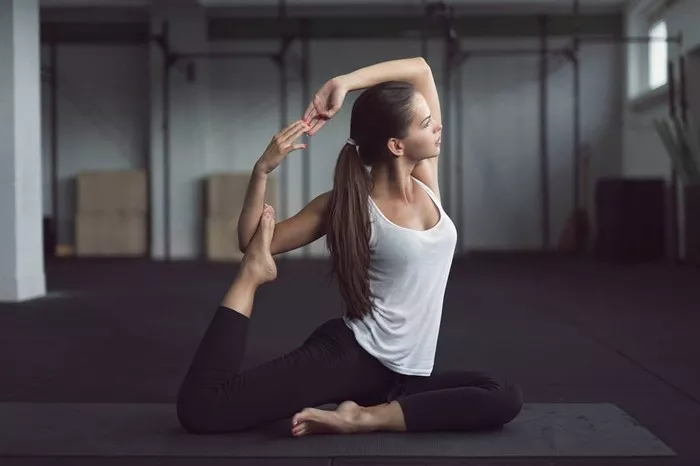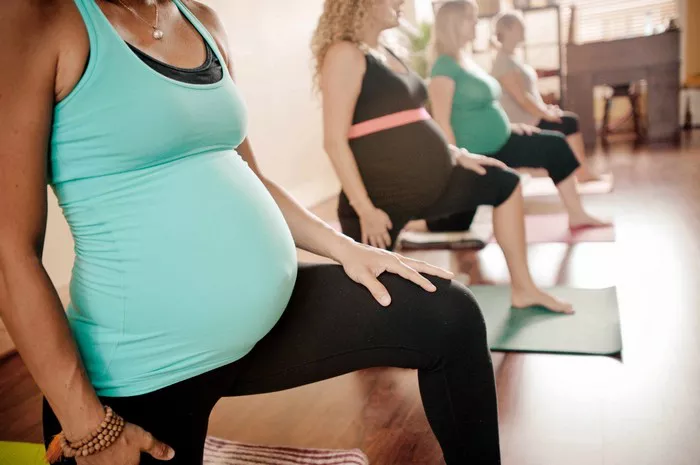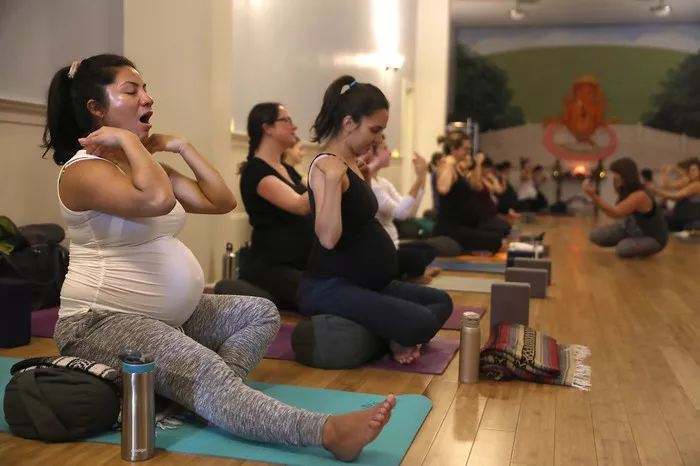Yoga twists are a foundational aspect of most yoga practices, providing both physical and mental benefits. From aiding digestion to reducing stress, these poses offer a unique combination of movement and mindfulness that make them feel incredibly rewarding. Beginners often find themselves surprised by how good these movements feel, even when they’re performed gently. Understanding the science and structure behind yoga twists can enhance your practice and deepen your appreciation for these therapeutic movements.
The Anatomy Behind the Twist
Yoga twists involve rotating the spine, typically from the thoracic region (mid-back), which increases mobility and engages the core muscles. The spine is made up of vertebrae that allow for rotation, flexion, and extension. Twisting activates muscles like the obliques, multifidus, and erector spinae, which support the spinal column. In addition, twists help to lubricate the spinal discs by stimulating the synovial fluid, which cushions vertebrae and improves joint health. For beginners, this combination of muscle activation and spinal stimulation often creates a pleasant and invigorating sensation.
Mental and Emotional Benefits
Twisting poses do more than just stretch and tone your body; they also influence your mental and emotional well-being. Twisting helps to stimulate the parasympathetic nervous system, which calms the body and reduces stress. This activation can result in a sense of emotional release or mental clarity, which contributes to the overall feeling of well-being during and after a twist. Beginners often report feeling “lighter” or more mentally refreshed after practicing twisting poses, which may be linked to both physiological and psychological factors.
Key Physical Benefits of Yoga Twists
- Improved Digestion: Twists gently compress the abdominal organs, including the stomach and intestines, promoting better digestion and detoxification.
- Spinal Mobility: Regular practice increases flexibility and range of motion in the spine, which is crucial for maintaining good posture and reducing back pain.
- Muscle Engagement: Twists activate various muscle groups, including the core, back, and hips, which improves overall strength and balance.
- Detoxification: The “wringing out” action in twists is believed to help flush toxins from the organs and tissues, although scientific evidence on this is limited.
How Twists Affect Internal Organs
While many yoga poses affect external muscle groups, twists have a unique relationship with internal organs. When you twist, the organs are gently compressed and then released, similar to squeezing a sponge. This movement can stimulate circulation and promote the efficient functioning of the digestive system. Although the term “detoxification” is commonly used, it’s more accurate to say that twisting may support the body’s natural detox systems like the liver and kidneys through improved circulation and lymphatic drainage.
Common Types of Yoga Twists for Beginners
1. Seated Spinal Twist (Ardha Matsyendrasana)
- Sit on the floor with one leg extended and the other crossed over it.
- Place the opposite elbow on the outer thigh and twist gently.
- This classic pose enhances spinal flexibility and is accessible for most beginners.
2. Supine Twist (Supta Matsyendrasana)
- Lie on your back, bring one knee across the body while keeping shoulders on the mat.
- Offers a gentle spinal rotation and is deeply relaxing.
3. Chair Twist (Parivrtta Utkatasana)
- From a squat position, twist the torso and bring the elbow to the opposite knee.
- Challenges balance and engages the core.
4. Revolved Triangle (Parivrtta Trikonasana)
- Requires more balance and flexibility but offers a strong stretch to the hamstrings and spine.
These poses are foundational for a beginner’s twisting sequence and can be modified with props or supports for comfort.
Proper Technique and Alignment Tips
- Start with a Neutral Spine: Before initiating a twist, elongate the spine to create space between the vertebrae.
- Engage Your Core: Activate your abdominal muscles to support your spine during the twist.
- Avoid Forcing the Movement: Twists should come from the mid-back, not the lower back or hips. Forcing can lead to injury.
- Use Your Breath: Inhale to lengthen the spine and exhale to deepen the twist gently.
- Keep Hips Grounded: In seated or supine twists, ensure that your sitting bones or back remain evenly anchored.
Safety Precautions and Contraindications
While yoga twists are generally safe, there are certain situations where caution is necessary:
- Pregnancy: Deep abdominal twists should be avoided. Gentle open twists are usually acceptable with a healthcare provider’s guidance.
- Spinal Injuries: Consult with a healthcare provider before attempting twists if you have herniated discs or other spinal issues.
- Recent Surgeries: Avoid twists that compress the abdomen or involve significant spinal rotation.
- Joint Conditions: Those with arthritis or other joint limitations should proceed with care and use props as needed.
Enhancing Your Practice with Breath
Breath plays a crucial role in yoga, especially in twisting poses. Coordinating your breath with movement enhances both physical and mental benefits. Inhale to prepare and lengthen the spine; exhale to initiate and deepen the twist. This rhythm not only improves the effectiveness of the twist but also cultivates mindfulness. Beginners who focus on their breath often find the practice more meditative and calming.
Incorporating Twists into a Balanced Routine
Twists should be integrated thoughtfully into your yoga practice:
- Warm-Up: Begin with gentle movements like Cat-Cow or side stretches to prepare the spine.
- Middle of Practice: Perform twists after the body is warm for deeper access.
- Counterposes: Always follow twists with neutral or gentle backbending poses to balance spinal alignment.
Example Sequence:
- Cat-Cow Stretch
- Downward-Facing Dog
- Seated Spinal Twist
- Supine Twist
- Bridge Pose (counterpose)
- Savasana (rest)
Mindfulness and the Twisting Journey
Yoga is as much about inner awareness as it is about physical movement. Twists naturally encourage introspection, as the act of turning inward can be both symbolic and literal. Many practitioners find that incorporating mindful intention—such as releasing what no longer serves them—can add emotional depth to the practice. Even beginners can benefit from setting a focus or affirmation before entering a twisting pose.
Common Mistakes to Avoid
- Over-Rotating: Trying to twist beyond your range of motion can lead to strain or injury.
- Ignoring the Breath: Holding your breath can create tension and reduce the effectiveness of the pose.
- Misalignment of Hips and Shoulders: Twists should maintain structural alignment for safety and benefit.
- Rushing the Pose: Moving too quickly into or out of a twist can compromise your form and reduce the meditative benefits.
The Feel-Good Factor Explained
So why do yoga twists feel so good? The sensation is likely a combination of physiological and psychological factors:
- Increased Circulation: Stimulates blood flow to the spine and organs.
- Muscle Activation and Release: Engages and then relaxes tight areas.
- Nervous System Response: Activates the parasympathetic system, leading to a calming effect.
- Mind-Body Connection: Encourages awareness, which is inherently soothing.
For beginners, this multifaceted benefit often translates to an immediate and satisfying sense of well-being.
Conclusion
Yoga twists are accessible, versatile, and deeply beneficial for beginners and seasoned practitioners alike. They improve spinal health, aid digestion, engage muscles, and promote mental clarity. Most importantly, they offer a holistic sense of balance that extends beyond the yoga mat. By starting with proper alignment, breath awareness, and a gentle approach, even beginners can experience the rejuvenating power of yoga twists. Embrace each twist not just as a stretch, but as an invitation to feel more present, open, and alive.
Related Topics:



















